Ertach Kernow - Digging into the past (Cornwall Archaeological Society)
This week we illuminate one of Cornwall’s most important and successful societies. Cornwall Archaeological Society came into being back in 1962, evolving from the West Cornwall Field Club. Some might remember an earlier Ertach Kernow article relating to Lieutenant-Colonel Fred Hirst, who was instrumental in setting up the West Cornwall Field Club back in the 1930’s. Today’s Cornwall Archaeological Society has a proud history and has evolved into what it has become today through hard work, being innovative and moving with the times. The pandemic has led to societies working in new ways and Cornwall Archaeological Society has risen to the challenge with speakers providing stimulating talks directly to members in their homes via Zoom.
Fred Hirst’s West Cornwall Field Club evolved out of the group who had been participating with excavations at Porthmeor between 1933 to 1935. This Iron Age settlement had been recorded in the 19th century, but Fred Hirsts archaeological dig provided far more information about the courtyard houses, fogou and defensive boundary walls. Over the coming years, although small in numbers, the field club carried out work not just in west-Cornwall but also mid-Cornwall including up to Bodmin Moor. A number of publications were produced including annual proceedings and field guides. By the 1960 there were murmurings that perhaps the name and aims of the West Cornwall Field Club no longer reflected the true scope of the society. The editorial for the Proceedings, volume two number five, published for 1960/1961 opened with the following paragraph.
‘1961 may well prove to be a turning-point for archaeology in Cornwall, as it has been proposed that the West Cornwall Field Club should widen its frontiers to become, in name as well as virtual fact, an all-Cornwall society. If this resolution meets with a majority approval of members at the Annual General Meeting later this summer, it is hoped that the change of name will result in both a rise in membership and an expansion of the members' activities. From the point of view of publication, this should mean an increase of contributions, and a corresponding enlargement of the annual issue : a prospect which any editor could regard only with satisfaction.’
This would be the final issue and on the 10th of August 1961 the committee and members present unanimously approved a change of title to 'Cornwall Archaeological Society', along with a suitable draft constitution. Everything rolled over smoothly there was no interruption, and the renamed society was set for a exciting future. The high-quality annual journal, three newsletters per year and monthly updates from area representatives entitled ‘From your own correspondents’ keep members engaged and encourage local initiatives supported by local CAS representatives. Online the website provides a wide range of information, the regular meetings and talks carried out in a physical environment are now augmented online via Zoom. The society is active across social media, ensuring they reach a wide range of people as they share news of their events.
An important step forward took place in 1975 with the Cornwall Archaeological Society sponsoring the setting up of the Cornwall Committee for Rescue Archaeology, which later morphed into the Cornwall Archaeological Unit and the Cornwall Historic Environment Service. Cornwall Archaeological Society members take part in a number of activities and projects along with Cornwall Council and Historic England, including monitoring Cornish heritage at risk.
As a member I enjoy enormously the material regularly sent to me both physically and digitally and now share just a short overview of the latest information. In the February newsletter, a roundup of the Portable Antiquities Scheme here in Cornwall showed some wonderful finds for 2021. What about a silver tetradrachm of Alexander the Great dating to 336-323BCE found near St Minver and minted in Babylon? This raises so many questions and was a marvellous find. Perhaps not quite so exciting, but of still of great interest are Roman and early medieval brooches. Perhaps a self-guided walk on Upton Downs using the wonderfully annotated photographs of Steve Fletcher, around the National Explosives Company Works might take your fancy.
This year’s editions of ‘From your own correspondents’ look at a variety of historic sites and monuments. Some of the work of the Milestone Society is illustrated in the January edition telling readers about the repairs following vandalism to the red painted fingerpost in Launcells parish near Bude. A historic turnpike milestone has been found being used as a gatepost and now relocated to its original position on the A395. Of 656 milestones surveyed in 2019, ten were found to have fallen, but by 2021 all of these have been reset straight. Cornwall Archaeological Society members supporting the Milestone Society help maintain and protect Cornwall’s historic milestones and fingerposts.
Within the January and February editions research into Zennor Quoit by Adrian Rodda tells readers about the saving of the quoit by Dr William Borlase. It seems a farmer was looking to use the monument as a cattle shed, and Dr Borlase encouraged him financially to build it elsewhere. Zennor Quoit is a portal dolmen with an anti-chamber and two long wings. One of the wings to the dolman has six drill marks along its top edge, while the bigger one (south pointing) looks to be untouched. The stones used to build the cowshed against the nearby hedge may have been another moor stone and have holes drilled in them, although these don’t match those on the dolman. A model in Penlee Art Gallery and Museum dated to 1848 show the drilled holes and this aided Adrian in his research.
Timbers jutting from the sands at Kidney Sands, Lelant were spotted and photographed by Dr Judith Toms and through the Cornwall Archaeological Societies network were identified. These came from the German brigantine Albert Wilhelm built in 1856, which came to grief in 1886. The crew were rescued by the Hayle lifeboat Isis.
The importance of the CAS representatives around Cornwall can be shown by them pressurising the relevant authorities to take action relating to maintaining historic sites. The 15th century Prior’s Bridge, a small stone bridge over the River Kensey at Launceston, has seriously deteriorated and repeatedly reported by CAS representative Diana Sutherland to the authorities. Further action by local folk has added pressure and the repairs are to be carried out shortly.
Over the winter months a group of volunteers from CAS have been working on sites at Castilly Henge in Luxulyan parish, Helman Tor in Lanlivery parish and Penadlake (Braddon Down) Barrows in Broadoak parish. This has been part of a Scheduled Monument Management programme led by Cornwall Archaeological Unit working with Historic England. A great illustration of CAS as a voluntary body working alongside professionals to maintain Cornwall’s heritage sites.
With this year marking the society’s 60th anniversary as Cornwall Archaeological Society. I’m sure that those early members of the West Cornwall Field Club would be proud that their pioneering work has evolved into an active and progressive society, fit for the 21st century.
Cornwall's greatest earl? - Richard Earl of Cornwall
Connecting Cornish archaeology through Tintagel and other Cornish castles with a historic anniversary marks 2022 as the 750th anniversary of the death of Richard Earl of Cornwall on 2nd April 1272. Richard the second son of infamous King John and brother to Henry III, over time became the wealthiest man in Britain and one of the richest in Europe. He is considered by many to have been Cornwall’s greatest earl. He later also acquired the title of King of the Romans in Germany.
Born in 1209 his father died in 1216, he and his brother survived to adulthood through the loyalty of two men William Marshall 1st Earl of Pembroke and Hubert de Burgh, 1st Earl of Kent. At the age of 16 in 1225 his brother made him Earl of Cornwall and it was largely through his income from Cornwall that he became so wealthy.
His most famous tangible legacy was through the construction of Tintagel Castle from 1233, after exchanging three manors for this site with Gervase de Tintagel. Why he did this is cause for speculation. It is now thought he looked to the myth of Tintagel and its connection with Geoffrey of Monmouth’s King Arthur, included within his History of the Kings of Britain written during the previous century. Certainly, Tintagel Castle was not particularly large or well-constructed as castles go and poorly located for Richard’s logistic needs. He would later also acquire Restormel and Trematon castles which were far better located within Cornwall. Already owned by the earldom, Launceston Castle was largely rebuilt in stone by Richard and much extended, thus illustrating the importance of the location as a major entry to Cornwall.
Certain towns in Cornwall would benefit from Richard’s patronage through his issuance of charters for Bodmin, Dunheved (Launceston), Helston, West Looe, Lostwithiel and of course Tintagel. These charters provided additional impetus for most of these towns to expand, some later becoming important Cornish tin, trading and administrative centres over subsequent centuries.
Richards investment in Cornwall’s castles during the 13th century is now bearing fruit in the 21st century. They have become amongst Cornwall’s most important visitor attractions helping swell Cornwall’s tourist economy. Much more on Richard at a later date as we commemorate him and this other historic royal anniversary.
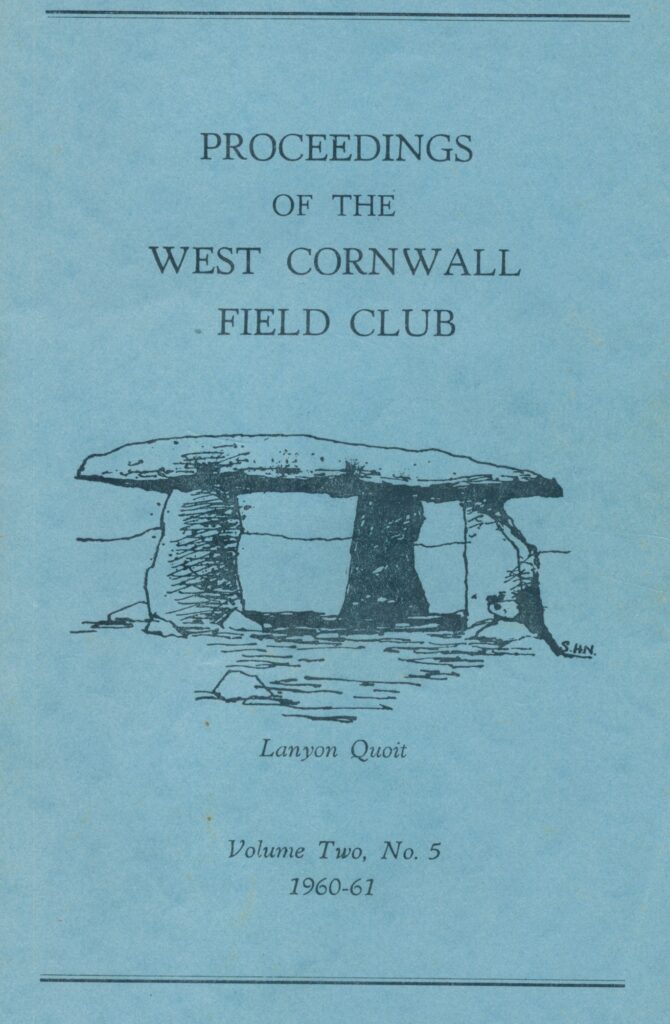
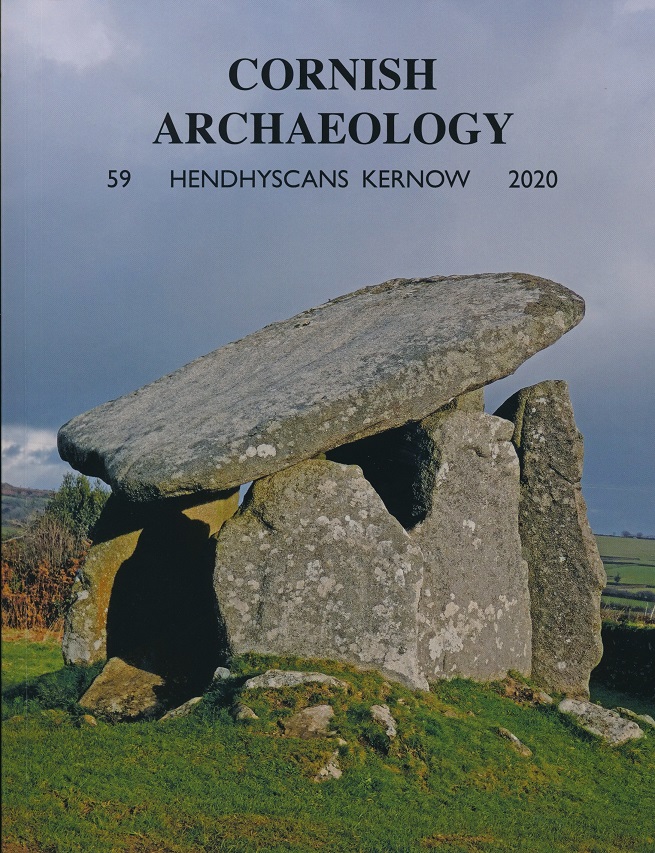
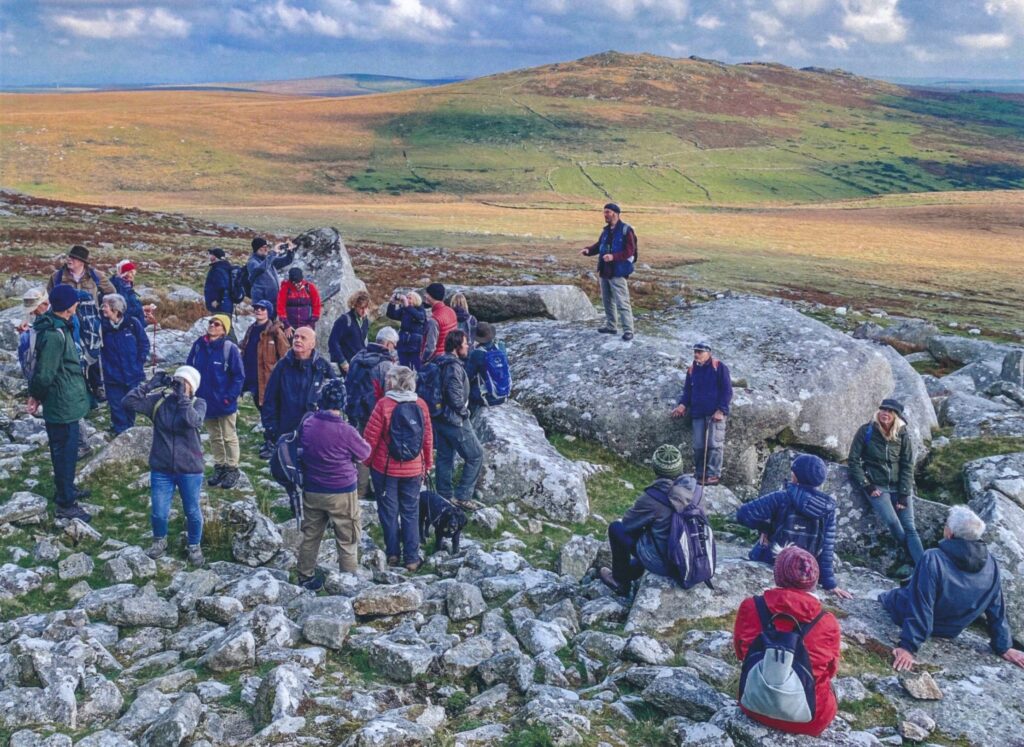
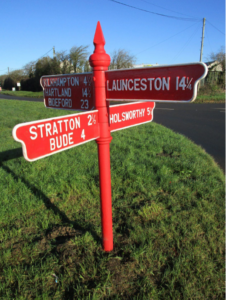
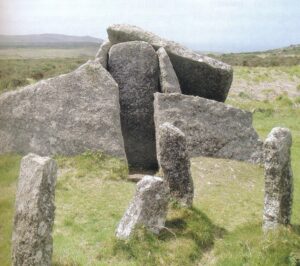
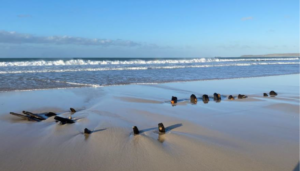
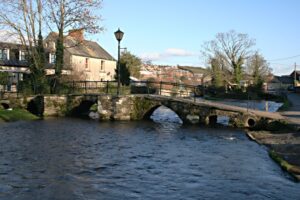
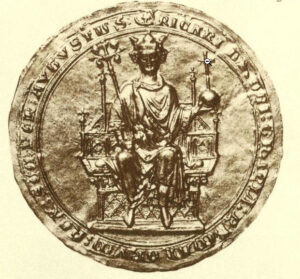
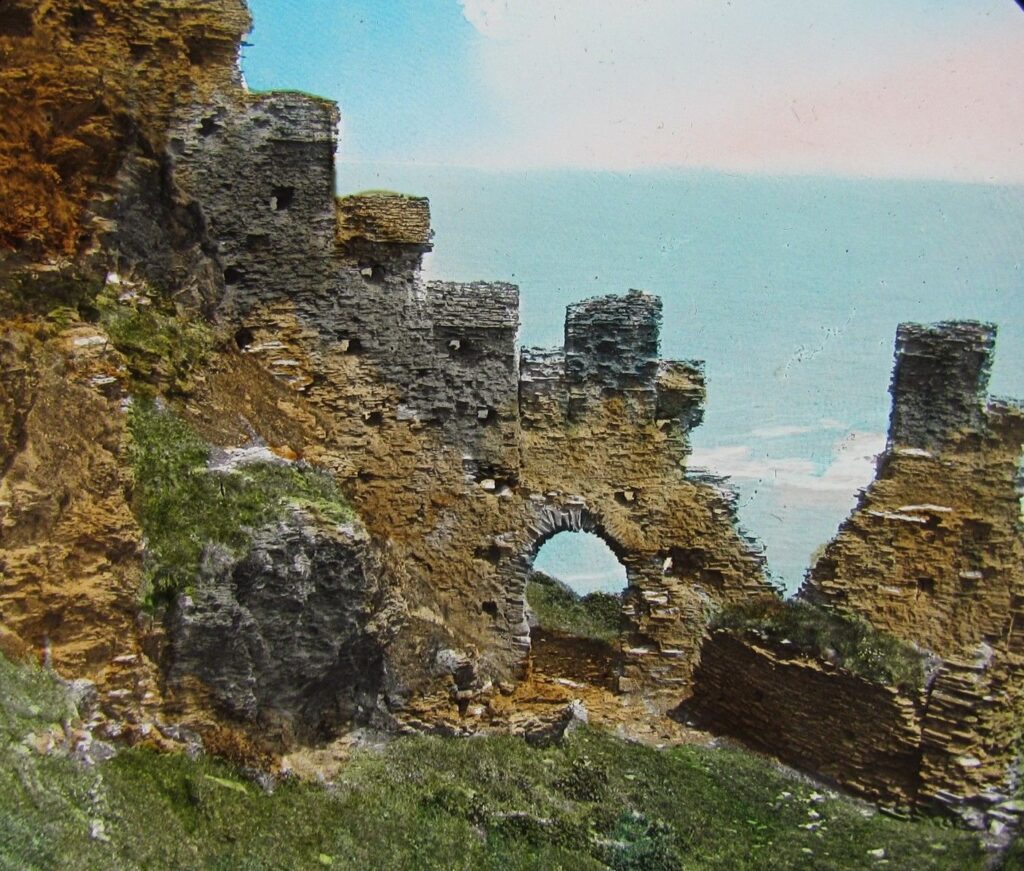
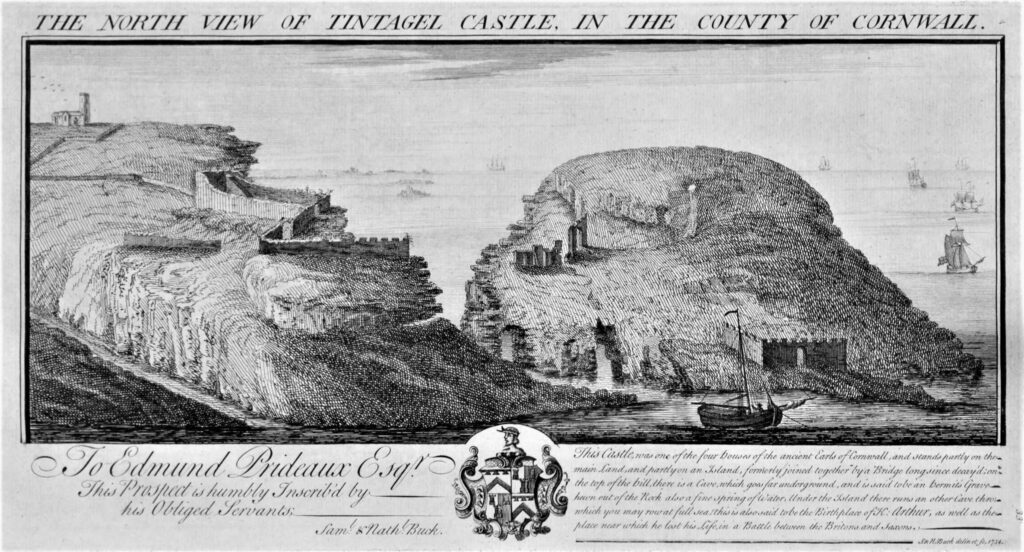
![[93] Voice - Ertach Kernow- 06.04.22A Digging into the past [S] Ertach Kernow - Digging into the past](https://www.cornwallheritage.com/wp-content/uploads/2022/04/93-Voice-Ertach-Kernow-06.04.22A-Digging-into-the-past-S-226x300.jpg)
![[93] Voice - Ertach Kernow- 06.04.22B Digging into the past [S] Ertach Kernow - Digging into the past](https://www.cornwallheritage.com/wp-content/uploads/2022/04/93-Voice-Ertach-Kernow-06.04.22B-Digging-into-the-past-S-228x300.jpg)
![[93] Ertach Kernow Heritage Column - 6th April 2022 - Tintagel Conference Ertach Kernow Heritage Column - 6th April 2022 - Tintagel Conference](https://www.cornwallheritage.com/wp-content/uploads/2022/04/93-Ertach-Kernow-Heritage-Column-6th-April-2022-Tintagel-Conference-1-267x300.jpg)